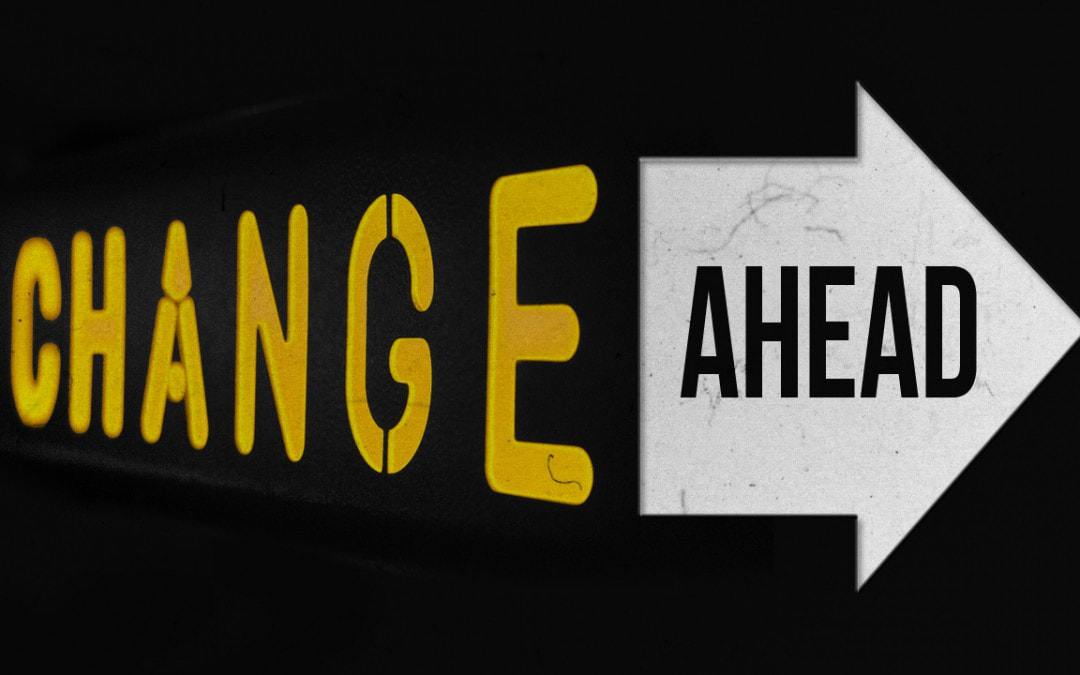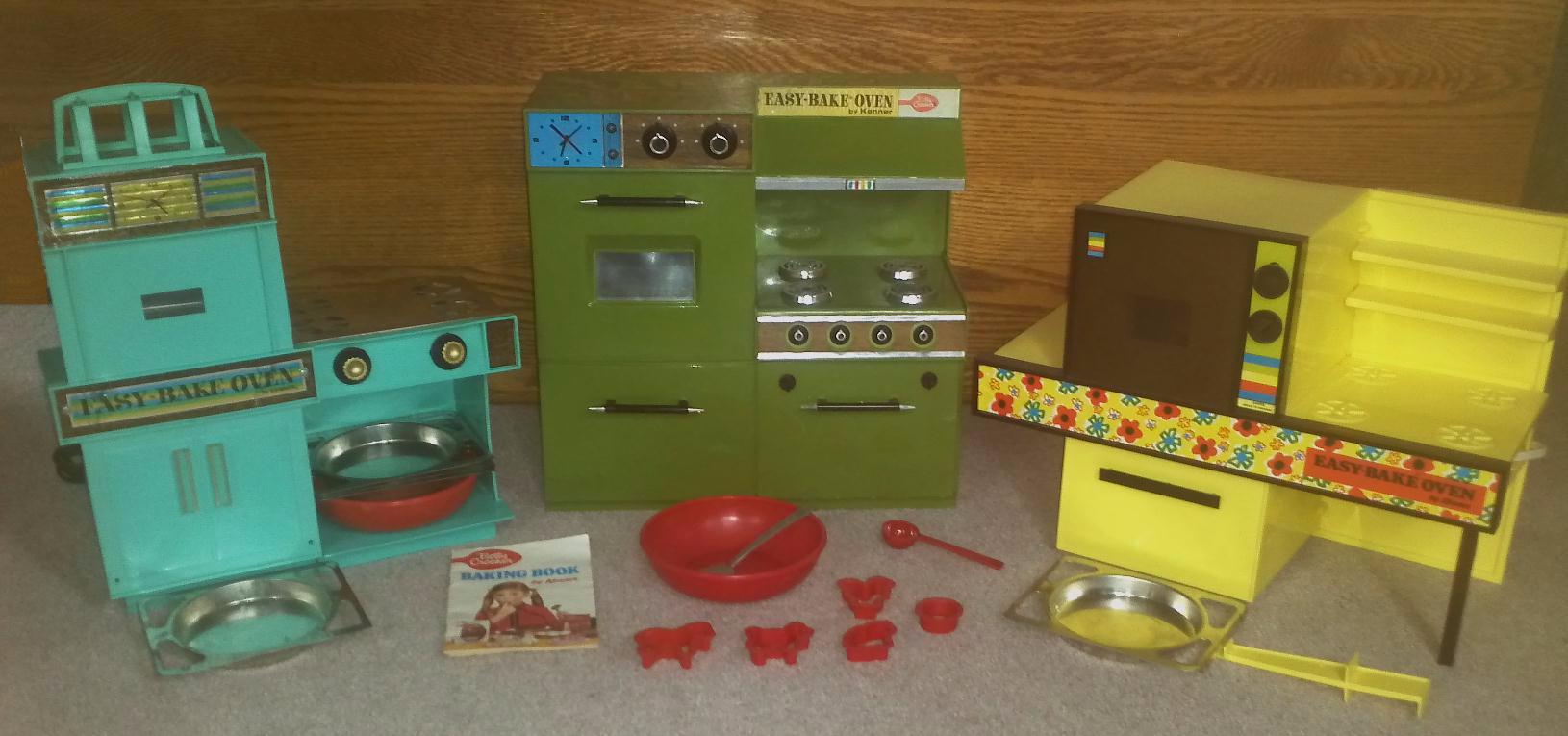“All you need to do”
“You just…”
“You only have to”
Me, too. I also get requests all the time for advice on how to live the life I do – unapologetically mine, in line with my values and priorities. And many of the people who ask those questions, are looking for answers that start with one of those three phrases. What’s the problem with that? Only this: having a great career is no easier than having a bad career. Both are work. Hard work. The good news, is that the work is worth it, if you get to have a rewarding, rich life along the way. And it’s important to realize that every day won’t be sunshine and lollipops.The truth is, no life is ever easy. We will all have struggles and setbacks. Every overnight success story has many, many steps and stumbles that led to that moment of achievement that everyone gets to see. In the world of the striver, there are always many people watching every wobble along the way…some cheering, some jeering, and some just wondering when they will just give up.
“I wish I could work for myself like you do,” they say. “Then I’d be in control of everything.”
Living the life that you choose means you must make choices about where to invest your time, talent, and resources. That part isn’t a choice. It’s an obligation. To be everything you want, you can’t always do everything you want. Sometimes things won’t go your way. Families, partners, collaborators, and customers all want different things from me, and sometimes all at once. And they will from you, as well. The one thing I’ve learned (and you can, too), is that I must choose how to handle those requests. And I can live with that. Can you?
Megann Willson is one of the Partners at PANOPTIKA, where we help you see everything you need to know to make better decisions for your business and career. Need more advice? Subscribe below, and follow on Twitter, Facebook, and LinkedIn for fresh content daily.










